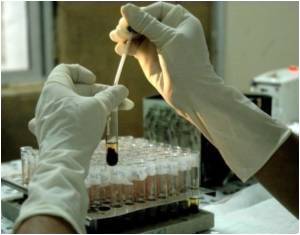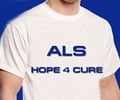In a recent study scientists have discovered a new mechanism of spinal muscular atrophy that drug developers might be able to exploit to a new therapy.

Riluzole has already been tested as a therapy in a very small study of severely affected SMA patients. It failed to help. Nevertheless, what makes the new research encouraging, said Anne Hart, professor of neuroscience at Brown and senior author on the paper, is that the study traces the beneficial action of Riluzole to specific "SK2" potassium channels in worm neurons. Humans have these channels too, and if they can be more precisely targeted by a new drug, she said, that could make a more meaningful difference, at least for some patients.
"We're not suggesting based on this that SMA patients should ask their doctors for Riluzole," said Hart, who is affiliated with the Brown Institute for Brain Science, "but we are suggesting that this pathway would be useful for therapeutic development."
How Riluzole works
Because SMA has a lot in common with ALS, Hart thought Riluzole might still be worth studying in the context of SMA. To do so, she partnered with fellow researchers at Boston Children's Hospital. They worked in mouse neuronal cells while her team at Brown worked in the worms.
For each system, the researchers created SMA models in different ways by disabling the gene that produces the survival motor neuron (SMN) protein. Depletion of that protein causes SMA in people too.
Advertisement
Most attempts to treat SMA have relied on trying to maintain or restore higher levels of SMN, Hart noted. But Riluzole, or a future drug, may instead be able to work by accelerating cell maturity.
Advertisement
To learn how Riluzole had this effect, they performed further experiments testing various potassium channels, including SK2, that Riluzole is known to act upon. Losing these channels didn't cause more problems in animals with less SMN protein, but losing the SK2 potassium channels in particular made neuromuscular function worse. Without the SK2 channels, the drug Riluzole didn't improve function.
"This told us that Riluzole improves motorneuron function by acting through SK2 channels, which we did not know before," said lead author Maria Dimitriadi, a postdoctoral researcher in Hart's group. "This is important because understanding how SK2 channels affect motorneuron disease may eventually lead to a treatment helping both ALS and SMA patients."
Source-Eurekalert









